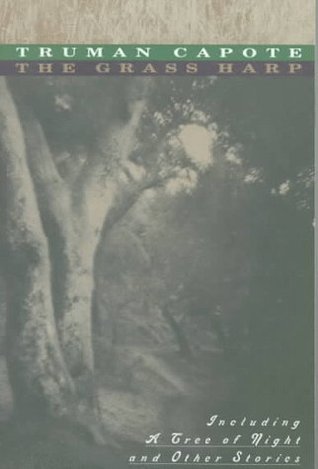
Children On Their Birthdays
Book Description
A whimsical Southern town hides secrets behind colorful birthday parties and innocent laughter. In "Children On Their Birthdays," the enchanting tales of restless youth collide with the harsh truths of growing up, as one peculiar boy's presence ignites an unforgettable summer of friendship and betrayal. Mysterious encounters and vibrant gatherings draw out adventures both poignant and chilling, revealing the fragile boundary between childhood innocence and the complexities of adult life. As dreams shatter and realities unfold, the question lingers: how far will they go to protect the magic of their youth?
Quick Book Summary
"Children On Their Birthdays" by Truman Capote is a poignant coming-of-age tale set in a small Southern town shimmering with both innocence and undercurrents of hardship. The story centers around the arrival of Miss Bobbit, an enigmatic and precocious young girl whose charisma quickly captivates the local children, particularly two rival boys vying for her attention. Through vibrant birthday festivities, moments of laughter, and youthful adventures, Capote masterfully juxtaposes childlike wonder with the somber realities faced as children grow up. New friendships form and old ones are tested, while secrets slowly unravel beneath the town's picturesque surface. The narrative gently exposes the fragility of innocence, the bittersweet nature of change, and the heartbreaks that come with leaving childhood behind, ultimately questioning whether the magic of youth can ever be truly preserved.
Summary of Key Ideas
Table of Contents
The Loss of Innocence and the Pain of Growing Up
Capote’s story opens in a gentle, languid Southern town where each year is marked by the children’s birthday parties – lively gatherings filled with games, laughter, and innocent dreams. The townsfolk, both young and old, find brief respite from everyday worries in these celebrations, fostering a tight-knit community bound by shared joys and traditions. Yet, beneath the surface, subtle tensions simmer: social hierarchies, family expectations, and the first inklings of longing for something beyond the familiar define the children’s experience.
Impact of Outsiders on Closed Communities
The arrival of Miss Bobbit, a precocious outsider with big city manners and an irresistible charisma, acts as a catalyst that unsettles the community. Her confidence, wit, and theatrical flair instantly enthrall the local children, especially two boys who become rivals for her admiration. Through Miss Bobbit’s performances at birthday parties and her clever manipulations, Capote explores the ways outsiders can simultaneously inspire, disrupt, and reveal hidden complexities within otherwise insular worlds.
Friendship, Rivalry, and Betrayal Among Youth
Childhood friendships are tested as jealousy, competition, and betrayal creep into once-pure relationships. The central boys each struggle with their feelings toward Miss Bobbit and toward one another, navigating emotional territory that is new, exhilarating, and sometimes cruel. Capote deftly reveals how innocence is lost not only through external events, but through small acts of deception, unkindness, and misunderstanding among friends.
Illusions Versus Harsh Realities
As the summer progresses, adventures take a darker turn and the fervor around Miss Bobbit reaches its climax. Dreams and illusions—fostered by birthday festivities and youthful storytelling—begin to unravel in the face of tragedy and disappointment. The children confront mortality, limitations, and the shadows of adult motivations encroaching upon their idyll. Through these experiences, they gain a sharper awareness of the world’s dangers and disappointments.
The Enduring Allure of Childhood Magic
By the story’s end, the boundary between childhood magic and adult disillusionment has thinned. Capote’s portrayal of loss and longing is both gentle and searing, his Southern setting vivid with nostalgia and subtle menace. In evoking the heartbreaks and sweetness of growing up, he leaves the reader pondering what, if any, part of childhood innocence truly survives—and how communities remember, mourn, and mythologize their lost youth.
Download This Summary
Get a free PDF of this summary instantly — no email required.





